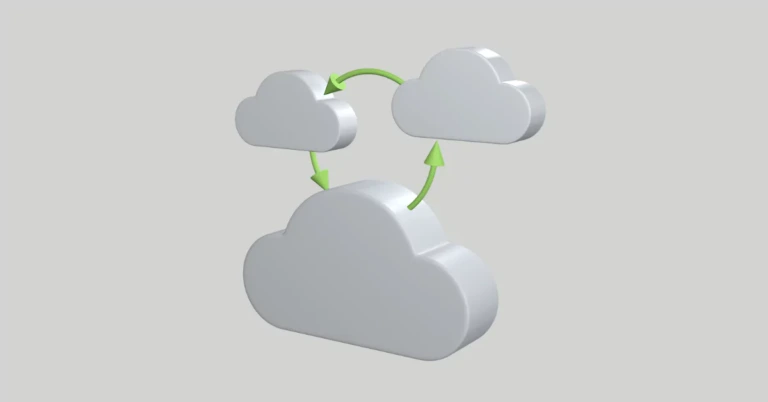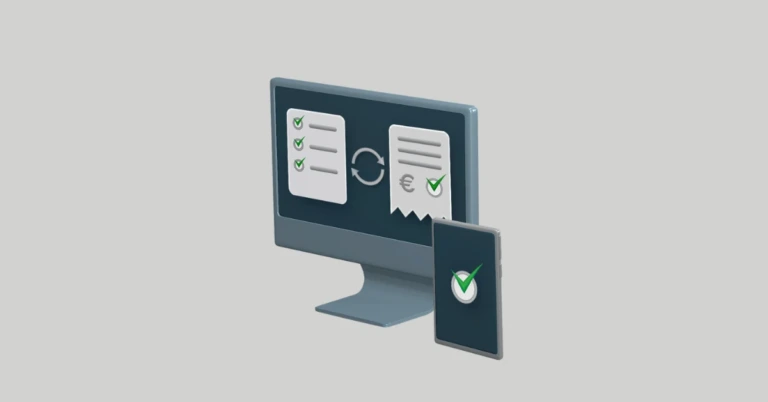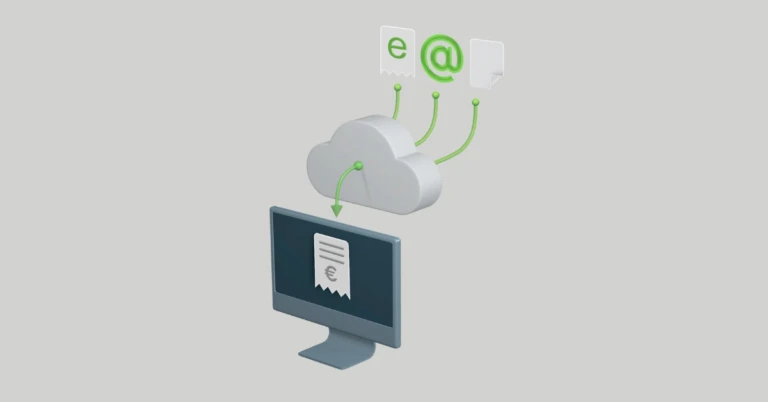
Electronic data interchange: EDI, APIs, or open networks?
Electronic data interchange (EDI) has enabled organizations to electronically exchange supply chain and financial documents, such as orders, despatch advices and invoices, for decades. Lately, new EDI methods have evolved. While the traditional, direct EDI connections are still vastly in use, there’s a lot of buzz around the modern APIs – yet these both have drawbacks due to customization and maintenance. Open networks like Peppol, on the contrary, simplify data exchange through standardization.
We at OpusCapita root for open networks. However, we do encourage adopting a flexible approach with an experienced provider that allows for using all message types, all formats, and all protocols.
Where the data comes from
To enable electronic data interchange in the first place, you need an ability to auto-generate the electronic documents to be exchanged. Typically, this is done by extracting the data from your ERP system. The extracted data is then automatically turned into the needed electronic documents, that is, XML files according to agreed formats and schemas. Once you are there, it is time to integrate with OpusCapita Business Network services.
The various methods for electronic data interchange
Integration to OpusCapita Business Network services will give you a reachability to the outside world and guarantee to you interoperability with different networks – that’s an ability to exchange documents with your suppliers, customers, and other business partners wherever they are.
There are multiple methods for network interoperability. In this blog, we take a closer look at these three:
- Direct EDI connections,
- The modern way: APIs,
- Open networks, such as Peppol.
Direct EDI connections
Direct or point-to-point EDI connections mean connecting the ERP systems of two organizations for direct electronic data interchange. The method has been around for decades. It relies on building custom connections, which enables you to do exactly what is needed with a specific business partner. Maybe for that reason, direct connections are still widely used in many high-volume industries, including retail, wholesale, and manufacturing.
“You define and set up a separate connection to each organization.”
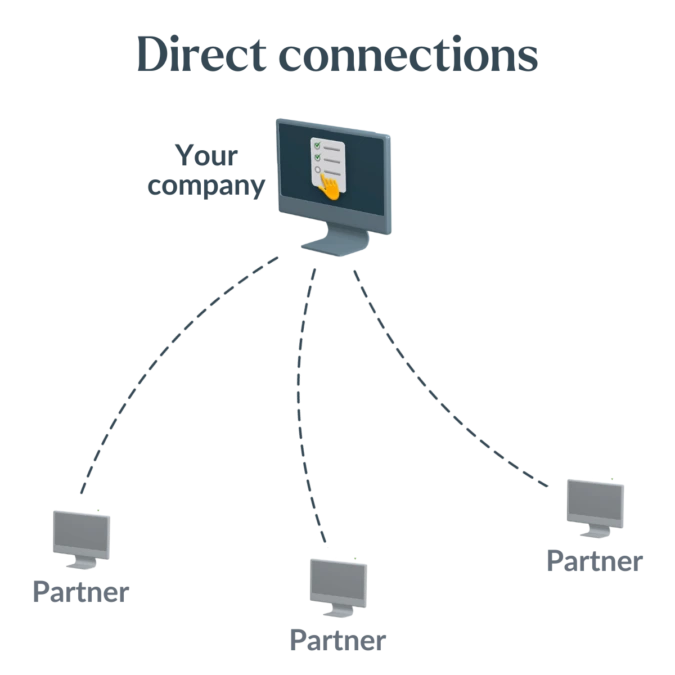
The issue, however, is that these traditional EDI connections are set up as dedicated connections between the two organizations. That means you define and set up a separate connection to each organization you do data interchange with. Typically, you’re then dealing with setting up FTP with one organization, OFTP with next, then SFTP, FTP(S), HTTP, HTTPS, A2S, X.400, and webservice on top.
And it doesn’t end with managing to set those up when getting started. In the long run, you also have to take care of maintenance for each direct connection separately.
Needless to say, if you have a lot of direct EDI connections to a lot of organizations, over time, keeping all of them up-to-date gets very cumbersome. Essentially, you always need to have a minimum transaction volume with a given supplier or customer for a point-to-point implementation to be worth the investment in the first place.
Essentially, you always need to have a minimum transaction volume with a given supplier or customer for a point-to-point implementation to be worth the investment in the first place. There are a number of technical details to agree on and test separately with each business partner – all of which is bound to be slow and costly also in the long run, when technologies evolve. But even then – is it worth it anymore, when today there are new ways to do it?
The issue with APIs
Then there are APIs (Application Programming Interfaces), which – let’s admit it – are the cool new trend. In the past years, there’s been quite a bit of buzz around APIs solving all issues of electronic data interchange. And APIs are, indeed, seemingly superb, fast, solve-it-all connections to modernize data exchange. But letting the technology hype guide your way comes with a pitfall.
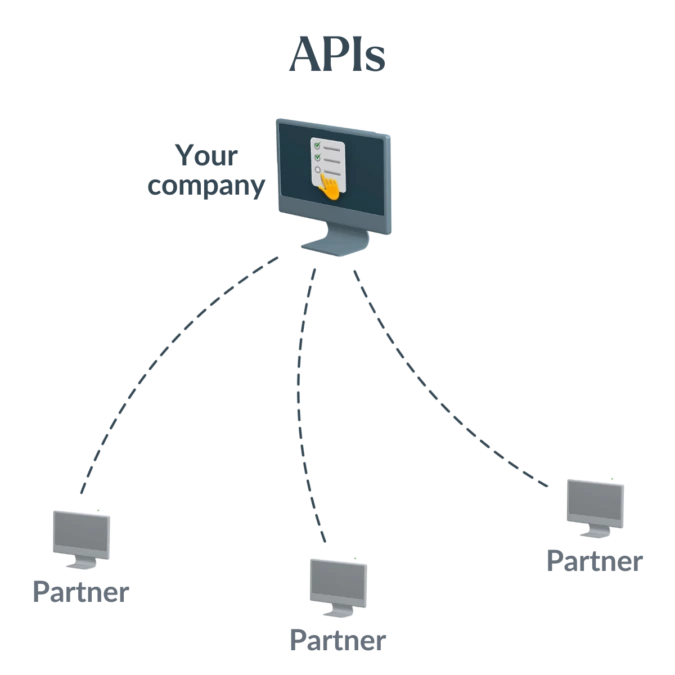
With APIs, the issue remains the same as with the direct EDI connections; each system that you need to integrate to, comes with a different API. That means they, too, require a dedicated connection and often the use of specialized software. This, in the end, is not much different from what interoperability has been like for the past two or three decades
Each API comes with the characteristics chosen by its creator, and the rest of the parties must adapt to it. APIs are not based on standardized models that serve both parties of the electronic data interchange. Instead, an API can, for example, be created to serve a large purchasing organization and it forces the suppliers to adapt to it. At the end of the day, an API is doing the same things in an old way, just using modern technology.
“The issue remains; each system comes with a different API.”
And similarly to direct EDI, APIs can get expensive to maintain. When you have a lot of different APIs, a lot of customers and a lot of suppliers, the lack of standards starts to show. It quickly grows into a jungle that makes maintenance both challenging and expensive – for all parties.
Open networks
Where the dedicated connections of direct EDI and APIs may turn out to be the stumbling block of your smooth digitalization, the new evolving open networks, especially Peppol, are now opening up new possibilities for a single connection to all your partners.
“Open networks enable a single connection to all your partners.”
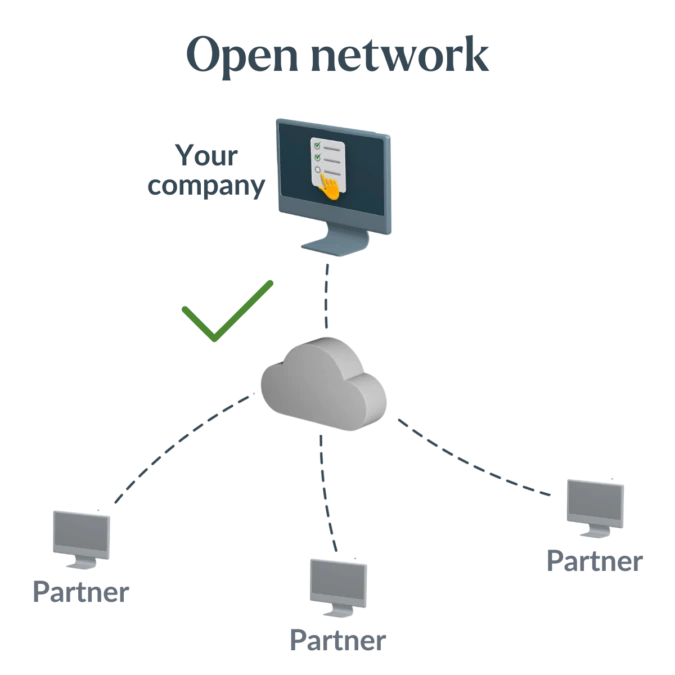
Instead of a dedicated connection between the sender and the receiver, open networks use Access Points that connect to the network and facilitate electronic data interchange. That means your organization only needs to get a network operator that functions as an Access Point, and you’re instantly connected to all other organizations in the network. In addition, open networks tend to use standardized formats and protocols, such as the UBL (Universal Business Language) standard, which helps to ensure interoperability between different systems
That means no need for customized setups with each customer and supplier, and no a need for in-house maintenance.
That’s why we root for open networks.
The beauty of Peppol
Peppol is an international standard and open network that enables fast and secure electronic data interchange with all other organizations that use it. It standardizes interoperability and document structures for all supply chain message types, eliminating the need for custom setups.
“Peppol eliminates the need for custom setups.”
In many countries, Peppol is revolutionizing electronic data interchange. For the supply chain, it means the same shift as earlier seen with e-invoicing; messages like orders and despatch advices can be delivered to the correct organization over the network only based on the receiver’s Peppol address. No need to discuss formats, protocols, or identification.
For invoices, Peppol is already the mandated format in Sweden and Norway. In Finland, Peppol supply chain messages are mandated in B2G from April 1st, 2024, onwards. Internationally, all signs show that this will be the future also in B2B.
Which electronic data interchange method to use?
The short answer is, you don’t choose between them. Instead, ensure you can do them all. Get an experienced service provider and network operator to provide you with any message type (order, order confirmation, shipment advice, invoice, etc.) that you need, via any channel, format and protocol that you need.
You don’t need a wealth of vendors to do that, either – in fact, we encourage keeping your IT landscape simple and manageable, and going for vendors that have the capability to provide both your still-needed direct EDI connections and your access to Peppol.

Single connection to all your business partners
Via OpusCapita, you can reach customers, suppliers, and authorities electronically no matter whether they use Peppol, OpusCapita, another service provider, or even if they don’t have an electronic system.

